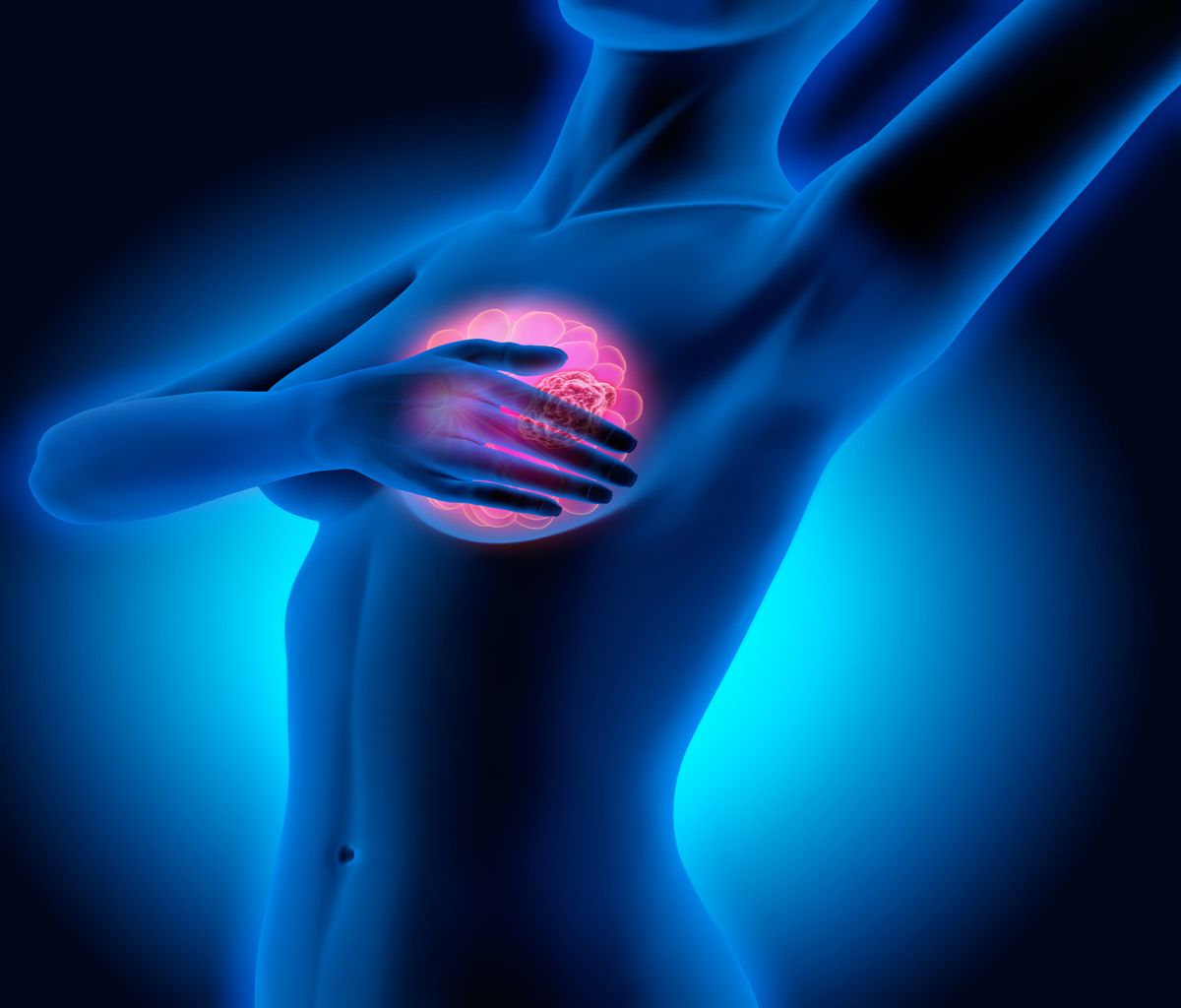Mammograms are the most effective diagnostic tool available for doctors to test for breast cancer. Mammograms help medical providers detect the early signs of breast cancer. Despite the fact that mammograms are safe and effective, people may have concerns about any possible downsides to the test. Many ask, does a mammography use radiation? Below you will find more information about mammograms, their respective safety, and why they are integral to your overall health.
Does a Mammography Use Radiation?
Mammograms help examine your breast tissue for any abnormalities. The machine utilizes two small plates that flatten your breast to spread the breast tissue out. This helps provide a clearer image so any abnormalities can be easily detected. A newer and more advanced tool is 3D mammography which takes low dose X-rays from a number of different angles. This creates a 3D image of your breast and helps eradicate the issue of overlapping tissues, which can make assessing the image more difficult.
Unfortunately, there is harmful information about breast imaging that is untrue. Some women have been told that a mammogram can cause cancer due to the radiation involved in mammogram testing. Based on a cost-benefit analysis, getting regular mammograms is much safer than avoiding them. It is truly a life-saving test that can help you successfully overcome a diagnosis if caught early.
How Much Do We Use?
The radiation that is involved in a mammogram is minimal as it involves less exposure than a standard chest X-ray. One mammogram usually exposes patients to roughly 0.4 mSv (the measurement of radiation). To compare, humans are exposed to 3 mSv per year just based on their natural surroundings. This means that one mammogram (of both breasts) is the same amount of radiation a woman experiences just living for 7 weeks. While getting X-rays often can increase your risk of cancer, mammograms are generally required on an annual or bi-annual basis. This makes them much less of a risk when you outweigh the risks of not getting a mammogram.
Regular Mammogram Appointments and Women’s Health
Women with an average risk for breast cancer should get their first mammogram at age 40. We generally recommended to have a mammogram annually. As for those who are at a higher risk for breast cancer, they will likely need screening before the age of 40. An increased risk for breast cancer involves women who have a close family member who has had breast cancer, or who has a history of cancer themselves. Additional factors include:
- Being overweight or obese
- Having dense breast tissue
- Having had previous radiation therapy
- Or having started menopause after the age of 55
It remains important to consult with your medical provider. They can explain when you should have your first mammogram, in addition to how often you should receive screening.
Get Clear and Accurate Information
There remain a lot of myths about mammograms that deter women from screening. This is completely normal as fear and worry can be difficult to overcome when it comes to medical anxiety. However, if you are avoiding medical appointments due to your fear it’s important to find ways to overcome the issue. Talk with a close friend, family member, or even a therapist to work on ways to manage your fear and anxiety as it can literally save your life. Scheduling a diagnostic mammography in Houston can help relieve any fears of the unknown when it comes to your health. If you have not had your first mammogram, or if you are due for your next appointment, contact the team at Pink Door Imaging. They are skilled in breast and gynecological imaging in Houston.


